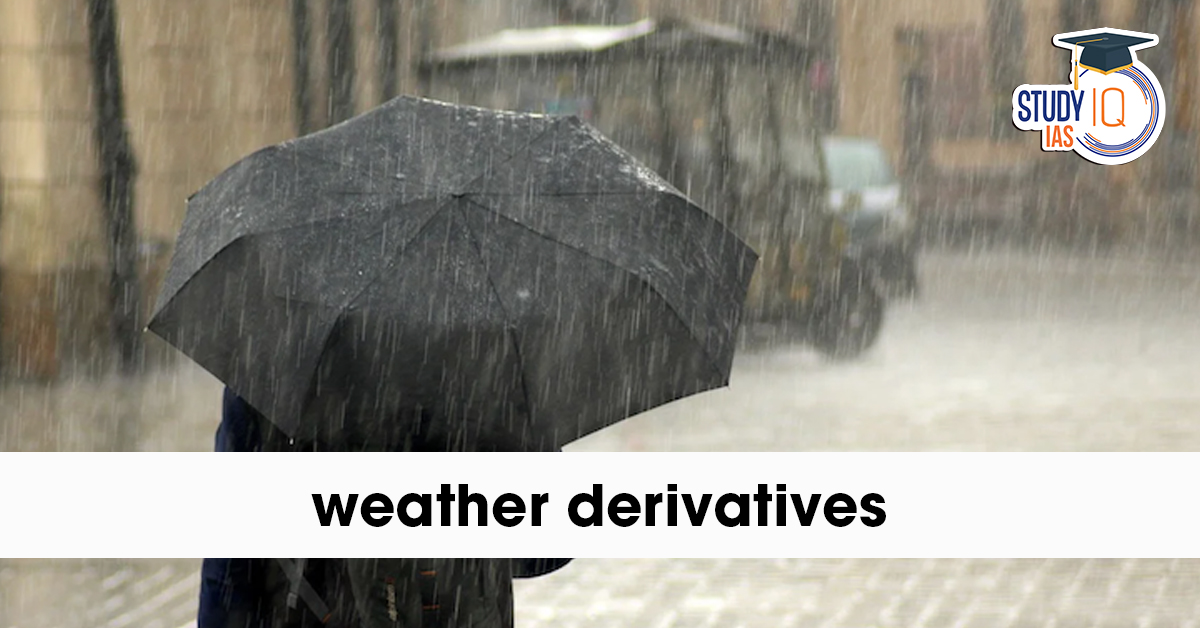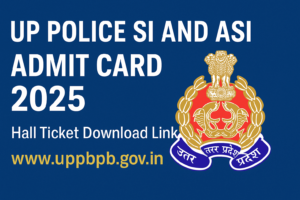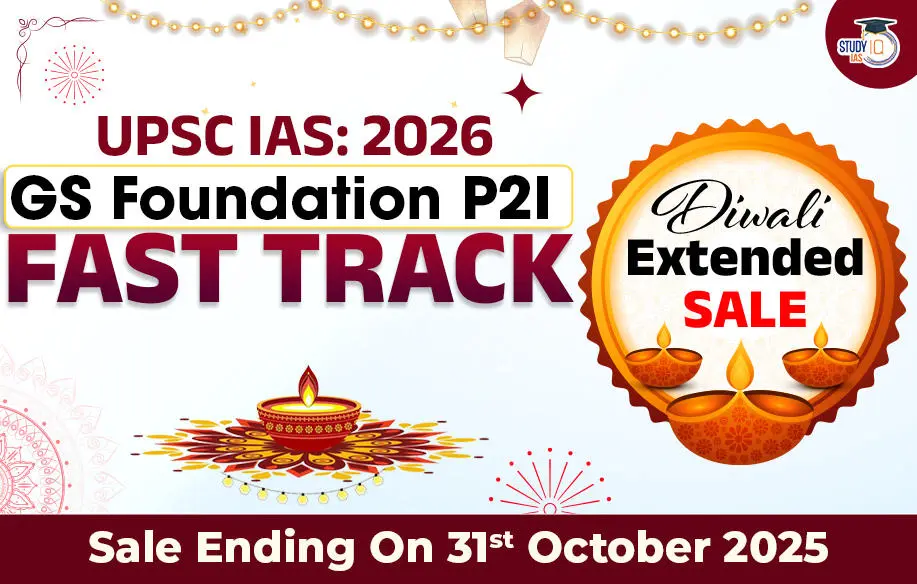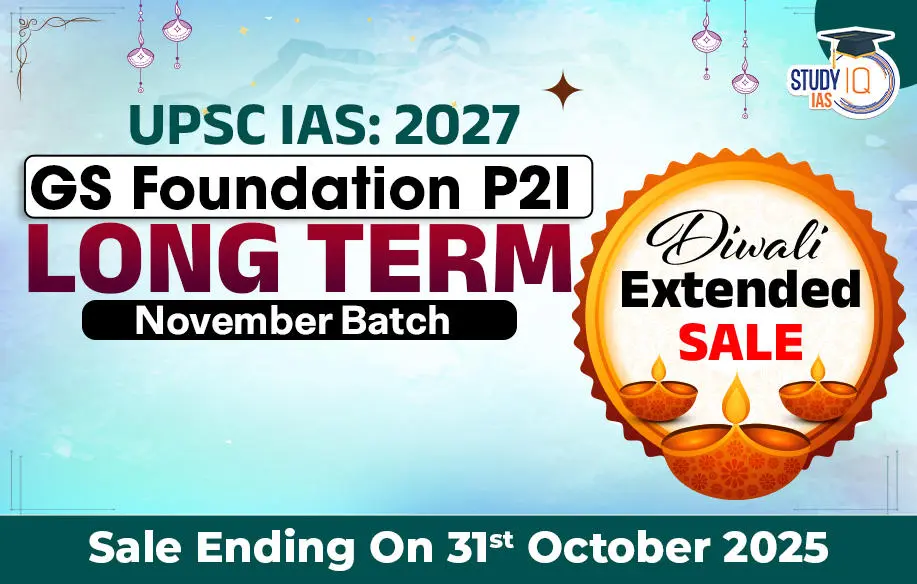Table of Contents
Context: The National Commodity and Derivatives Exchange (NCDEX) has collaborated with the India Meteorological Department (IMD) to introduce India’s first weather derivatives.
What is Meant by Weather Derivatives?
- Weather Derivatives are financial contracts that help businesses hedge against the risk of weather-related losses (e.g., too much/little rain, temperature extremes).
- The payoff depends on measurable weather outcomes, not actual physical damages.
- Settlement is based on indices recorded by agreed sources such as IMD or certified weather stations.
- Example: A contract pays out Rs 5,000 for every millimeter of rainfall below 100 mm in June in a particular city. If the actual rainfall is 90 mm, the payout is (100-90) x 5,000 = Rs 50,000.
Common Indices Used
- Heating Degree Days (HDD): Measures how much (and for how long) outside temperature falls below a base temperature (often 18°C). Used for winter heating needs.
- Cooling Degree Days (CDD): Measures how much the temperature rises above a base level (often 18°C). Used for summer cooling demand.
- Total Rainfall: Cumulative rainfall measured in millimeters over a specific period and location.
- Other Indices: Can include total snowfall, average wind speed, etc.
| Insurance Product vs Derivative |
|
Significance and Prerequisites of a Robust Weather Derivatives Market
- A well-developed weather derivatives market can improve the credit quality of banks and NBFCs by reducing defaults linked to weather fluctuations.
- It provides real-time, market-driven insights to policymakers, enabling government policy to reflect how stakeholders assess and price weather risks.
- Such a market enhances India’s climate resilience, shifting the approach from reactive disaster relief to proactive, risk-sharing mechanisms.
- The demand for reliable, granular weather data (e.g., farm-level sensors) and advanced predictive tools (like climate models) will increase, creating new investment opportunities in agritech, weather forecasting, and energy analytics.
- For this system to succeed, agencies like IMD and private weather providers must deliver frequent, region-specific, and trustworthy datasets.
- Additionally, financial institutions, insurers, and agritech companies must develop bundled and accessible products to connect individual users with the broader weather derivatives market.


 HPSC ADO Admit Card 2025 Out, Agricultur...
HPSC ADO Admit Card 2025 Out, Agricultur...
 UP Police SI and ASI Admit Card 2025 Out...
UP Police SI and ASI Admit Card 2025 Out...
 Municipal Bonds in India: Meaning, Featu...
Municipal Bonds in India: Meaning, Featu...




















